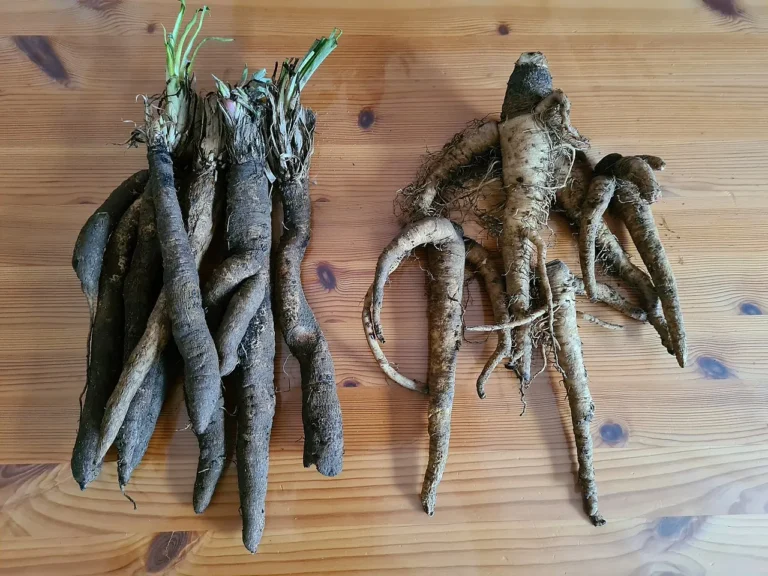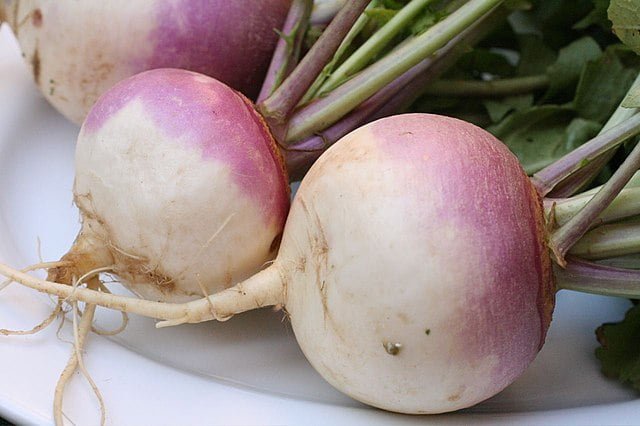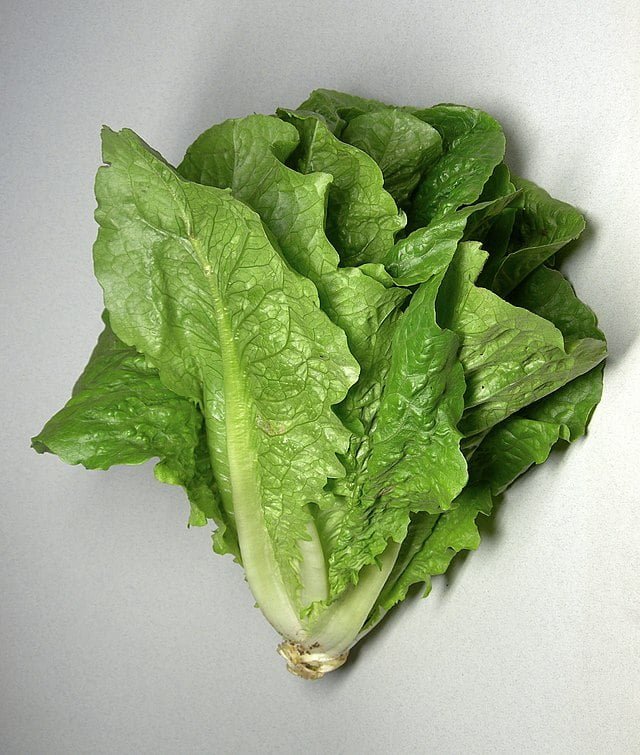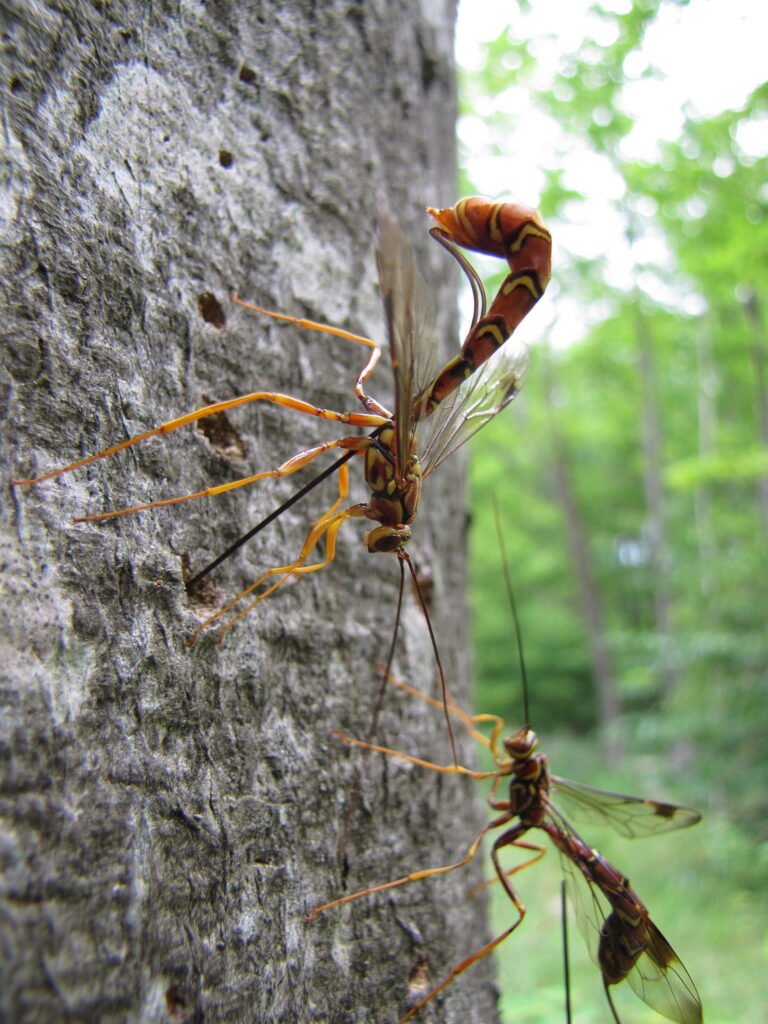Growing Orach: A Guide to Cultivating Mountain Spinach
Orach, a resilient and drought-tolerant leafy green, offers gardeners a flavourful and nutritious alternative to traditional spinach. Its ability to grow in a wide range of conditions, including poor soils and high temperatures, makes it a valuable addition to any vegetable garden. Here’s how to grow orach successfully.
Why Grow Orach?
Orach stands out for its ease of cultivation, rapid growth, and nutritional benefits, including high levels of vitamins A, C, and iron. Its mildly salty flavour is versatile in the kitchen, and its vibrant leaves can be used to add colour to salads and cooked dishes alike.
How to Grow Orach
Selecting Orach Varieties
Orach comes in several stunning colours:
- Red Orach: Features deep red or burgundy leaves.
- Green Orach: Offers a more traditional spinach-like appearance.
- Purple Orach: Known for its eye-catching purple leaves.
All varieties have similar growth habits and nutritional profiles, so your choice can be based on visual preference or culinary use.
Planting Orach
- Timing: Orach can be directly sown in the garden as soon as the soil can be worked in spring. For a continuous harvest, plant seeds every 2-3 weeks until midsummer.
- Soil and Site: Orach isn’t picky about soil but prefers a sunny location. It tolerates poor soils but thrives in well-draining soil with a pH of 6.0-7.5.
- Sowing Seeds: Plant orach seeds ½ inch deep and 2 inches apart in rows spaced 12-18 inches apart. Thin seedlings to 6-8 inches apart once they are a few inches tall.
Caring for Orach Plants
- Watering: Water orach regularly, especially during dry spells, to keep the soil evenly moist. Orach is more drought-tolerant than spinach but benefits from consistent moisture.
- Mulching: Apply a layer of organic mulch to conserve moisture, suppress weeds, and keep the root system cool.
- Feeding: Orach requires minimal fertilization. If grown in poor soil, a balanced organic fertilizer can be applied at planting time.
Pest and Disease Management
Orach is relatively disease-free and has few pest problems. Keep an eye out for common leafy green pests, such as aphids, and manage them with insecticidal soap or by encouraging beneficial insects.
Harvesting Orach
- When to Harvest: Orach leaves can be harvested when they are young and tender, about 4-6 weeks after planting. Pick individual leaves or cut the entire plant, leaving 2 inches of the stem in the ground to encourage regrowth.
- Continuous Harvest: Regular harvesting encourages new growth, allowing you to harvest orach continuously throughout the growing season.
Using Orach
Orach can be used similarly to spinach in cooking. Young leaves are excellent in fresh salads, while larger leaves can be sautéed, steamed, or added to soups and stews. Orach’s unique colours make it a decorative and nutritious addition to any dish.
Final Thoughts
Growing orach is an easy and rewarding way to diversify your garden and diet. This hardy and colourful leafy green offers a delicious and nutritious alternative to traditional spinach, with the added benefit of being able to withstand warmer temperatures. Follow this guide to enjoy the rich flavours and health benefits of orach.







